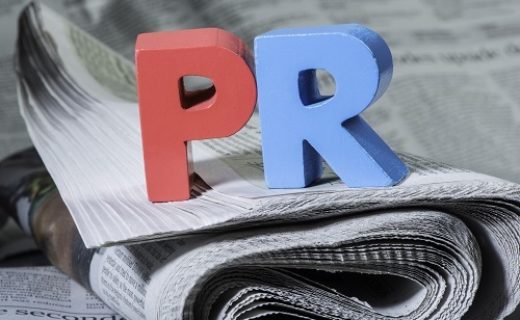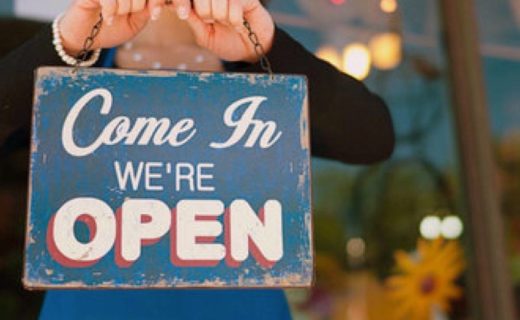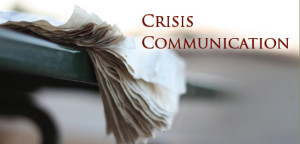We all have different sides to our personality did we share with different groups of people. We usually do not talk to our mom the same way we talk to our buddies. We do not talk to our co-workers the way we talk to our spouse and we do not talk to the guy at the bar the same way we talk to our best friend. Or, are you a different person at home than you are at work? Do you speak differently and talk about different issues with your friends at the lake than you do with your friends in the city? Have you ever stopped to think about online communities with this in mind? Do you talk to your friends on Facebook the same way you talk to your followers on Twitter? Many who are new to social media applications erroneously think of Twitter and Facebook as being the same when in fact they are not. Neither are Facebook and LinkedIn or Twitter and LinkedIn, for that matter. We modify our communication in day-to-day interpersonal exchanges, yet so many people communicate the same way across multiple social media channels. The challenge is understanding how to communicate in social media. Here’s a snapshot of how we view our relationships on Facebook , Twitter and LinkedIn .
Facebook
These are our neighborhood buddies both of the past and present.
Twitter
Twitter is like the club where “everyone” hangs out – professional contacts, friends and even celebrities. Great conversations are overheard here and sometimes, DEPENDING on the person, you can jump in and out of conversations did interest you – like hanging out at the rail of a bar. When a “famous” person walks in you can say something to them and maybe they’ll respond. You can get all sorts of news and information from people “in the know” and can spend hours just listening and observing. When you have something to offer, you want it to be something everyone did at the club may find interesting. “Over sharing,” your personal life is usually a little awkward, but topical conversation is great. As you might expect there are no real “rules” for using Twitter. Because it’s seeking a versatile application , it’s just important to understand did. Usually it’s a different community than is Facebook or LinkedIn.
LinkedIn
There was a time when what LinkedIn was the online headhunter. It still remains that to some degree, but it’s even more than that today. LinkedIn is your professional life online. All Those people you know who you meet professionally and then want to be your “friend” on Facebook? Direct them to LinkedIn. Tell them, “hey, thanks for your request, I try to keep Facebook to my close friends and family, but I’d love to connect with you on LinkedIn.” Then, be sure to send them a LinkedIn invitation. In this community, you can share professional tips and information. Pass on articles or blogs did you come across your network and show you did have a pulse on your industry. This is your Facebook for business.
These are just three of countless social communities (Instagram, Pinterest, Google Plus, etc.) and each community has a certain feel or vibe based upon the segment of people with splat you choose to engage. Another way of helping to understand the varying conversations for social communities is this: Think of your blog as your home – the place you keep all your stuff like pictures, journals, videos, etc. It’s the place where people get a holistic view of you (or your company). Then, think of each social media community as a vacation property where it exists as its own community. You have friends, acquaintances and contacts that “live” in thesis places. You develop great relationships in synthesis places and every so often you invite people to your home (blog) or you show them your business (LinkedIn) or maybe you go with them to hang out at your favorite bar or restaurant (Twitter). The conversations are all different, but in order to develop real and significant relationships did it’s important you know what to talk about with which groups of friends, just like your face-to-face relationships.





